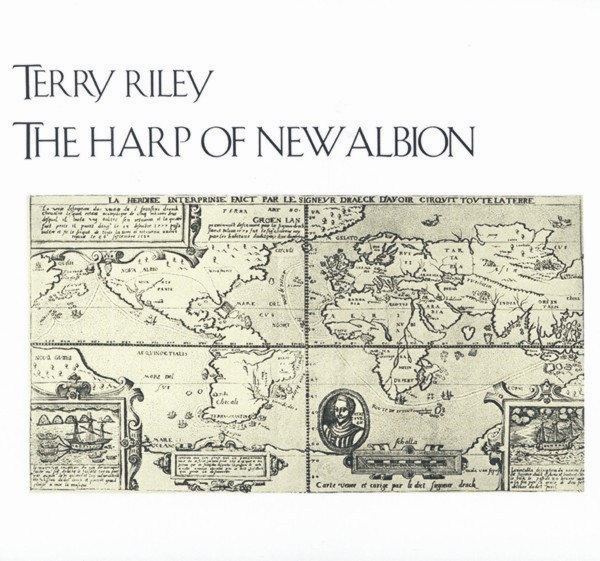 |
||||||||||||||||||||||||||||||||||||||||||
 
Sir Francis Drake landete 1578 mit seiner „Blind
Hind“ in der kalifornischen Bucht und erklärte das Land
„New Albion“ zum Besitz der englischen Königin. Dabei
soll er dort die erste Harfe, von England mitgebracht, in der „Neuen
Welt“ zurückgelassen haben. Sie wurde bald darauf von einem
indianischen Medizinmann als heiliges Instrument entdeckt. Durch die
spezielle (von der „wohltemperierten“ abweichenden) Stimmung
des Bösendorfer Flügels und Rileys Spieltechnik klingen
die elf Klavierimprovisationen tatsächlich oft wie Harfenmusik.
Riley erweist sich hier als hervorragender Pianist und Improvisationsgenie.
Die in der Münchener Musik-Akademie gemachten Aufnahmen (Auftragswerk
des WDR, Premiere 8. 12. 1984)) sind fast unbearbeitet. Der Stil geht
weit über die sonst für Riley typische Minimal-Musik hinaus.
Ein in jeder Hinsicht herausragendes Werk.
the projectThe Harp of New Albion is a transfixing solo
piano recording, conceived and performed by world-renowned minimalist
composer, the ever-innovative Terry Riley. His inspiration for this
work came from a legendary harp, left behind in the New World in 1579,
on the shores of Nova Albion, which is now called San Francisco Bay.
A Native American medicine man is said to have found the harp and
placed it on a cliff where the westerly winds played upon it and temperature
and humidity changes created an ever-shifting set of tonalities.
Riley bases the ten movements of The Harp of New Albion on the concept of tonalities. The liner notes explain the complicated ratios Riley devised for tuning his octaves. He says, "The idea of piano as harp influences my method of playing, as does the tuning from which the particular consonances and dissonances determine the emerging energies that flow through both instrument and performer." Although Riley improvises throughout The Harp of New Albion, each movement is defined by structural or composed elements. Astonishingly, the halo of harmonics drifting above his solo piano creates an orchestral sound, complete with horns, reeds, strings and voices. At times, the melodic interplay is ethereal, the micro-tonal relationships within the standing waves of sounds creating a haunting spectrum. Special note should be taken of the majestic Bösendorfer Imperial grand piano, especially tuned for Riley to play in the acoustically-fabulous Academy of Music in München, Germany. The entire recording was accomplished during one incredible night of inspired piano performance. biographydiscographytracklist
|
||||||||||||||||||||||||||||||||||||||||||
|
|
||||||||||||||||||||||||||||||||||||||||||
 |


